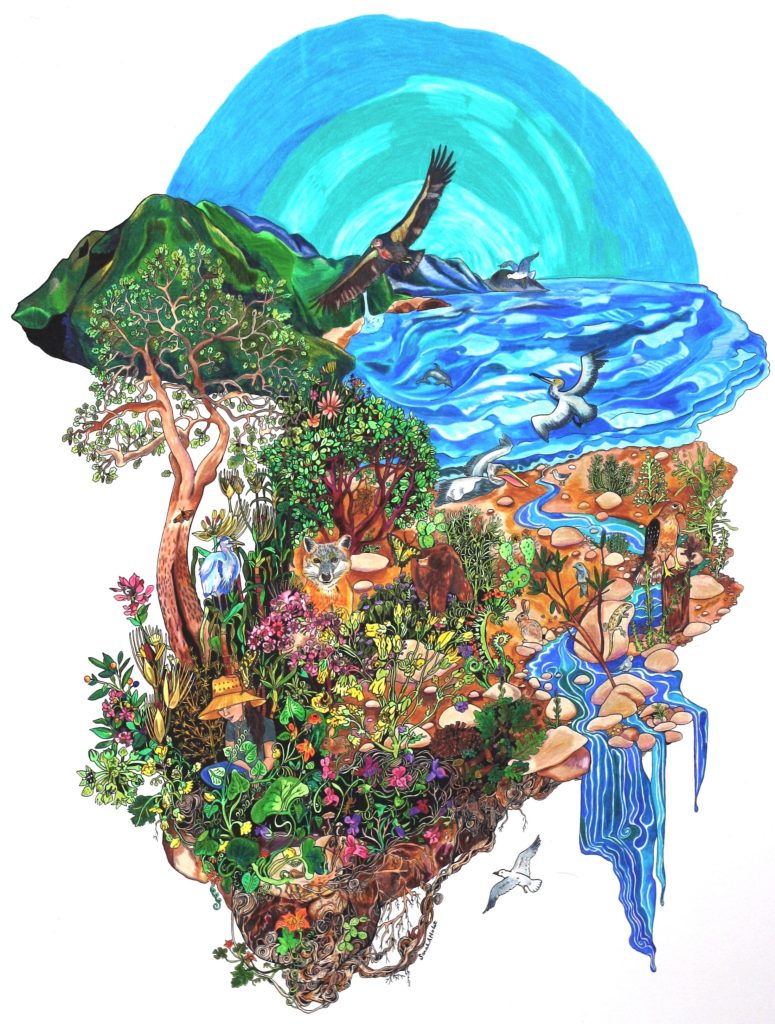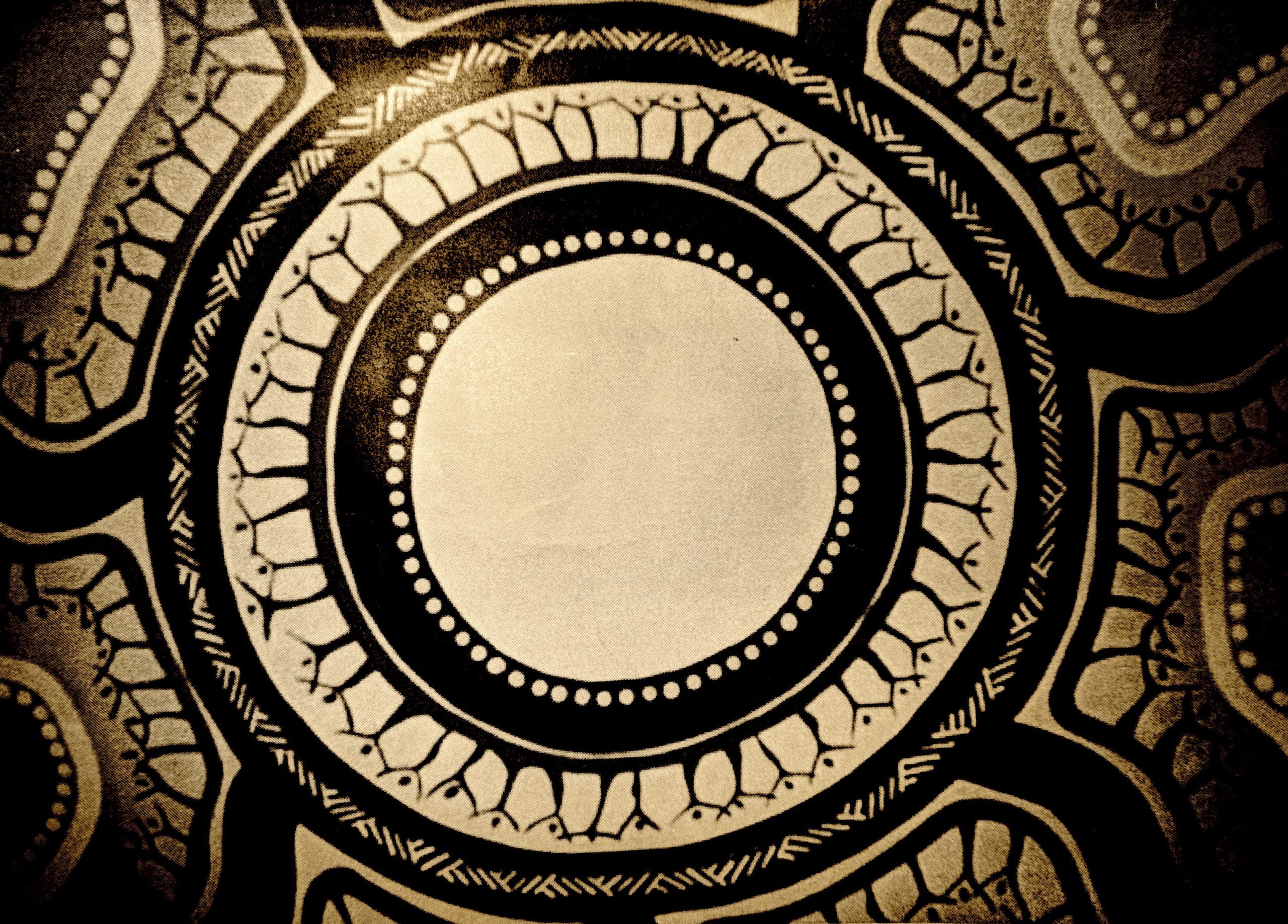I recently attended a conference called the Bartimaeus Kinsler Institute. The BKI, as it is called, was held on unceded Chumash territory in what is colonially called the Ventura River watershed of California. The leadership of this conference was comprised of local indigenous tribal chairpeople and educators, more geographically dispersed indigenous elders and leaders (Cree, Dene/Laguna Pueblo, Wakka Wakka, Oglala Lakota, Nadleh Whut’en), and Christian leaders Elaine Enns and Ched Meyers.
The title of this conference was “Unsettling Histories — Decolonizing Discipleship — hukišunuškuy.” The final phrase of this title is a Chumash word that means, as I was taught by Chumash leader Matthew Vestuto: future (hu-) we (3 or more people, ki-) settling/agreeing on/committing to doing something specific somewhere/someplace/sometime (šunuškuy). So, the intention of this conference was for white Christian settlers, indigenous Christians, and indigenous non-Christians to come together in covenant and commitment to the ongoing project of decolonization, sovereignty, and cultural continuance of native people and Peoples, including interrogating settler identities and settlers’ responsibilities.
I am a whitened Jewish settler. I attended this conference with a group of three other Jews who I work and organize with in a group called Settler Colonialism Jewish Community of Practice. One person in our group attended this conference last year – alone, as the only Jew. This year, he corralled a few more of us to join. We laughed, we cried, we made fun of ourselves, we got uncomfortable, we grappled with and reveled in the complexity of who we are. We were moved.
My experience at the BKI was deep, intense, and difficult to convey. However, I am going to try, one bit at a time, through this series of posts.
If you are looking for a linear story, you are not likely to find one here. If you are looking for a neat overview of the architecture and schedule of the conference, you are not likely to find it here. Rather, you will find here a weaving of stories, insights, felt senses, observations, questions, and experiences that in their integrated wholeness tell a story – one that is much larger than my week at the BKI, that spans centuries of colonizing histories, and that gazes towards a horizon where people – where I – once again know what it means to take care of each other, honor the earth, and live in balance with the creative force of this world, and all the worlds.

Learn more about the BKI and its parent organization Bartimaeus Cooperative Ministries. The photo featured at the top of this post is by indigenous Australian artist Safina Stewart (nee Fergie). She painted “Bartimaeus Billabong” for the 2019 BKI.
